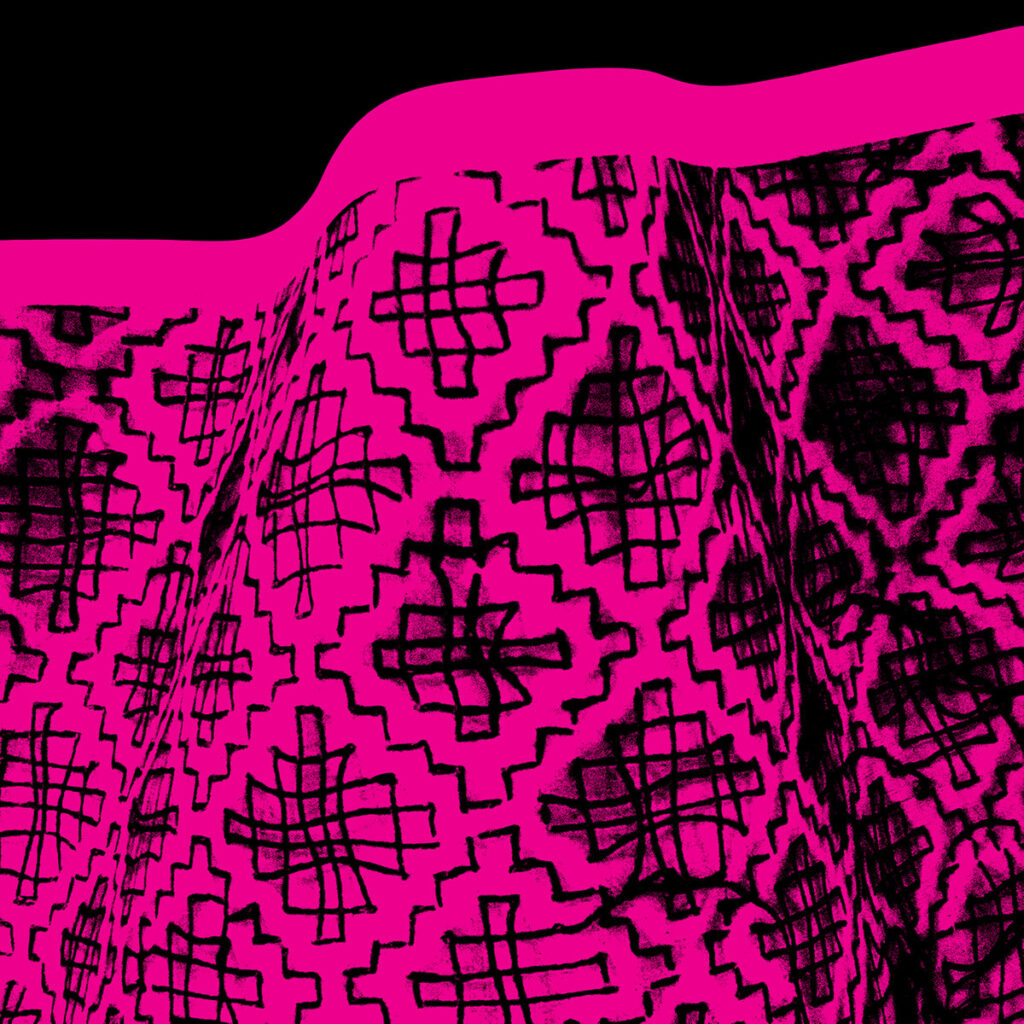At the risk of stumbling headfirst into pseudo-Burroughsian rambling, I’d contend that the greatest achievement of recording technology is that it has afforded us the ability to pull linear time like taffy. A favorite for-instance: there was a viral video about a decade ago which layered all of Billy Joel’s Greatest Hits on top of each other, a great boon to those of us with a tight schedule and a need. Then, of course, someone took THAT and slowed it down by a factor of eight. Not nearly as efficient, no, but it sounds pretty wild.
To the attentive listener, such listening experiences can yield more than just yuks. One might be given pause to consider how they perceive time in their daily life, possibly even leading to an epiphany regarding same ("wait… listening to all the Billy Joel songs at once is fine, but why do I always have to fucking multitask at work, and in fact, why does my job exist?"). One might have dramatic subconscious reactions to sonic layers buried in a time-based collage, whether it be the melancholy of a gently triggered memory or the unease Lou Reed claimed to incite by playing Metal Machine Music very quietly over the loudspeakers while audiences waited for him to perform.
Kristen Gallerneaux, a multidisciplinary artist, folklorist and, indeed, occasional tQ contributor based in Dearborn, Michigan (a few hops closer to Dear Old Detroit than where this writer is currently stationed in Ann Arbor) probably knows a lot more about all this stuff than I do, being a recognised expert on communications technology. She’s also an avid field recordist and synth enthusiast, and on her new album Strung Figures, all of these aspects of her practice come into play to create a dense sonic collage which definitely distorts time.
These 11 tracks are carefully layered with samples, field recordings and electroacoustic distortions, ranging from recordings of meteor shards and birdsong to snippets of DJ Screw. It’s conceptually layered, too, with the album and most of its tracks named for the 1962 book String Figures & How To Make Them: A Study of Cat’s Cradle in Many Lands by Caroline Furness Jayne, a deep dive anthropological study of looping string games from around the world. Gallerneaux: "While I identify closely with my Métis-Wendat ancestry, during my childhood, these games were divorced from their narrative potential, disconnected from an Indigenous perspective. Each track sets out to assign a sonic space to these storytelling patterns, blending the processes of recovery and attention toward increasingly complicated networks of sounds and metaphorical strings, passed from one set of hands to another."
Academically intriguing though that may sound, it’s important to note that this is also music that bangs even as it invites heady listening. The sonic layers are buoyed by groaning basslines and clattering beats; the tracks are positively crawling with earworms. More even than most music, it’s a record for which perception shifts dramatically based on what speakers you hear it through, but the beat thumps and clacks insistently in any case.
Gallerneaux purports to be an "unrepentant homebody", according to Dave Tompkins’ liner notes, and Strung Figures definitely feels like the product of obsessive home studio tweaking. A fine way to spend the last year and a half, and the results reward isolated listening. However, the surreality of potentially hearing this blared over a dancefloor, complete with field recordings of "Maine Water" or "soil from Baldoon, Ontario"? That, my pals, could be the biggest time-jacking mindfuck of them all.


